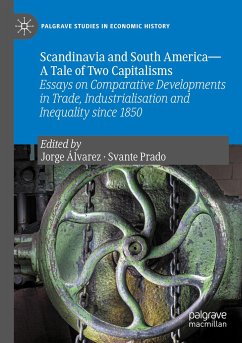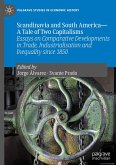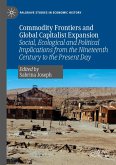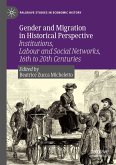This book takes a comparative approach to economic history to offer ways to increase our understanding of the divergence between South America and Scandinavia. In particular, the book aims to deepen our understanding of why the two groups of countries have set out on radically different pathways with regard to industrialisation, long-term economic growth and income distribution.
The book draws together the results of two separate projects focusing on this comparison. The first of these projects focuses on two of the so-called settler societies of South America, namely Uruguay and Argentina, sometimes called the Pampas region. Australia and New Zealand, two other settler societies, are also considered, adding a further contrasting effect. These settler societies are compared with Scandinavia, in its broad terms, including Sweden, Denmark, Norway and Finland. The second of these projects focuses on comparisons between Brazil and Sweden. Together, the two projects have engaged the minds of economic historians from Brazil, Uruguay and Sweden. This book will be of interest to researchers and students in economic history and economic development more broadly.
The book draws together the results of two separate projects focusing on this comparison. The first of these projects focuses on two of the so-called settler societies of South America, namely Uruguay and Argentina, sometimes called the Pampas region. Australia and New Zealand, two other settler societies, are also considered, adding a further contrasting effect. These settler societies are compared with Scandinavia, in its broad terms, including Sweden, Denmark, Norway and Finland. The second of these projects focuses on comparisons between Brazil and Sweden. Together, the two projects have engaged the minds of economic historians from Brazil, Uruguay and Sweden. This book will be of interest to researchers and students in economic history and economic development more broadly.








